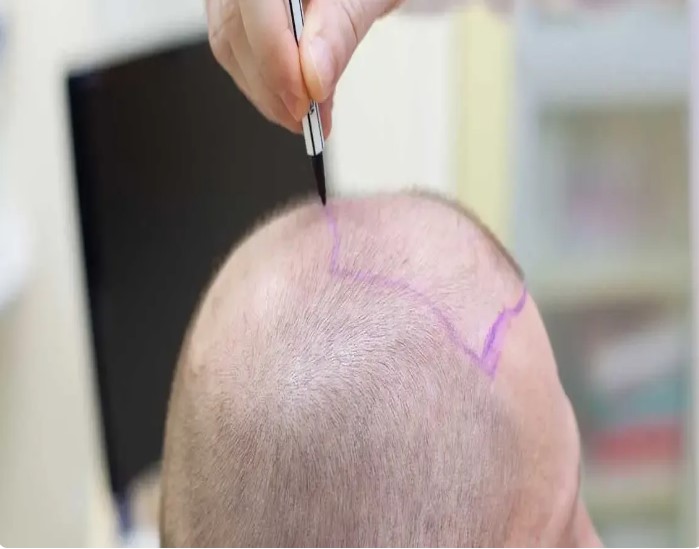Solving the scar problem in Follicular Unit Transplantation, Follicular Unit Extraction (FUE) is the most commonly used hair transplantation technique.
In FUE, the grafts that are called follicular unit and include 2 to 3 hair are removed from the nape region using very fine (0.5 mm) needles. FUE technique enables use of other hair in body when there is not enough hair in nape region and this provides an advantage.
Since follicular units are harvested individually, suture is not necessary. As the procedure can be performed under local anesthesia or sedation, the patient does not suffer pain. The pain can be managed with simple painkillers after the procedure.

Hair is analyzed principally in all hair transplant techniques. The procedure is planned considering the anterior hair line and angle of follicle canals. The aim of this planning stage is to ensure a natural appearance of hair after transplant.
In FUE method, hairs are cut very short before the procedure. However, Direct Hair Implantation (DHI) method ensures transplantation of hair without cutting the hair for suitable cases.
After hair is cut short, follicular units are individually collected from the nape region using a micromotor. Those grafts are kept in a special solution until the transplantation stage.
Next, the canals where these follicles will be placed are opened and follicular units are implanted. In the final stage, wound dressing is performed for the donor and recipient regions and the patient can be discharged. All of these procedures are completed in 6 to 8 hours.
There is no difference between FUE and FUT techniques regarding natural appearance provided that they are performed accurately. However, FUE technique is more commonly employed due to its advantages.
Mild swelling, bruising and numbness in scalp are expected symptoms following hair transplant. Most of them spontaneously disappear without an intervention.
Your physician will inform you about the curst formations that will develop on scalp as a result of wound healing. Hairs are generally washed at the clinic for the first time after the procedure. At this stage, the patient is informed about how to wash the hair.
Although hairs start to grow shortly after hair transplant, they absolutely shed generally within 1 to 2 months. This commonly seen condition is called shock hair loss and it is an expected condition.
The lost hairs will re-grow within 3 to 4 months. However, there is a very high risk of permanent shock hair loss and loss of hair in the donor site if the procedure is performed by inexperienced individuals.


